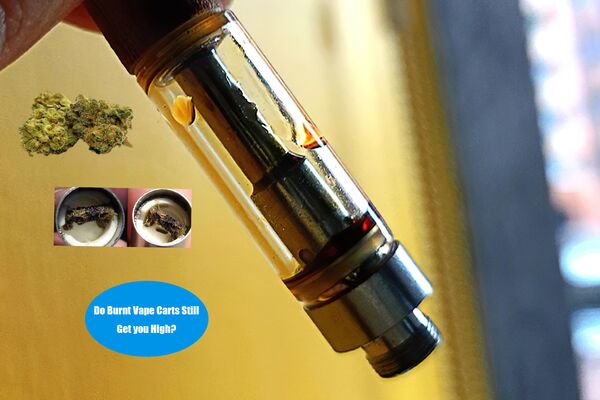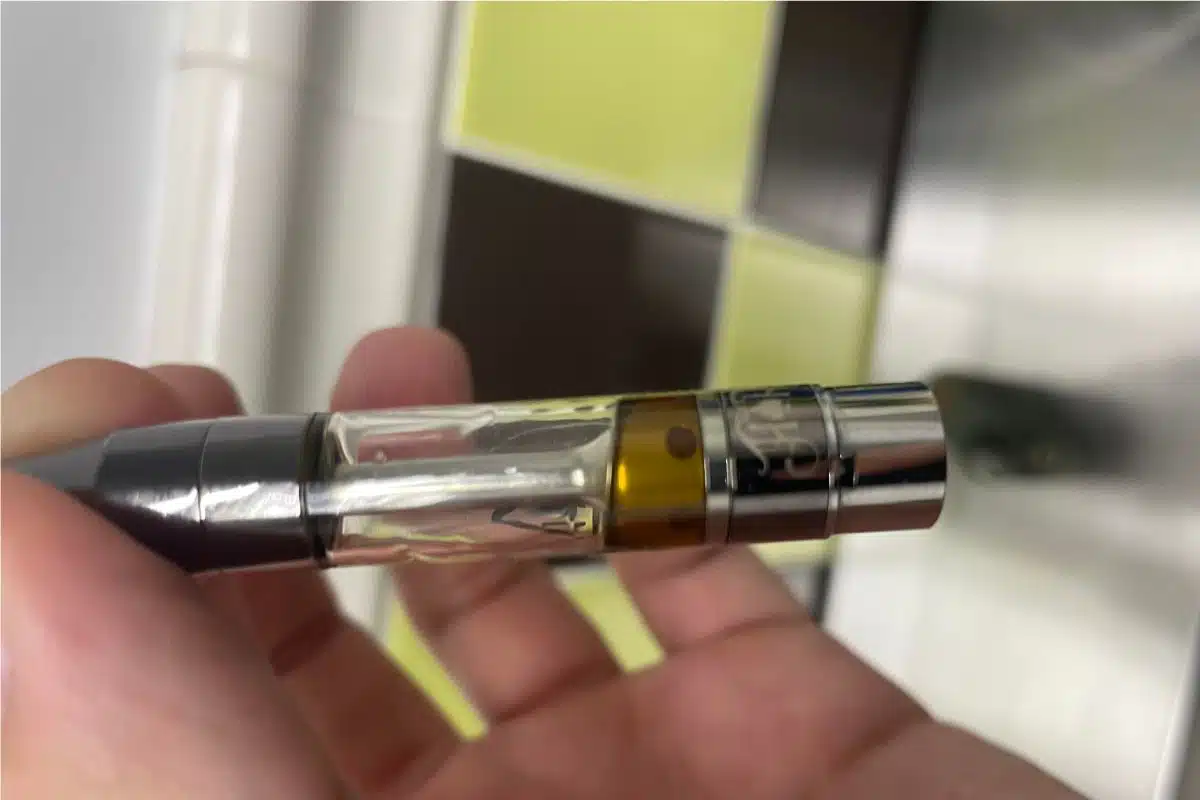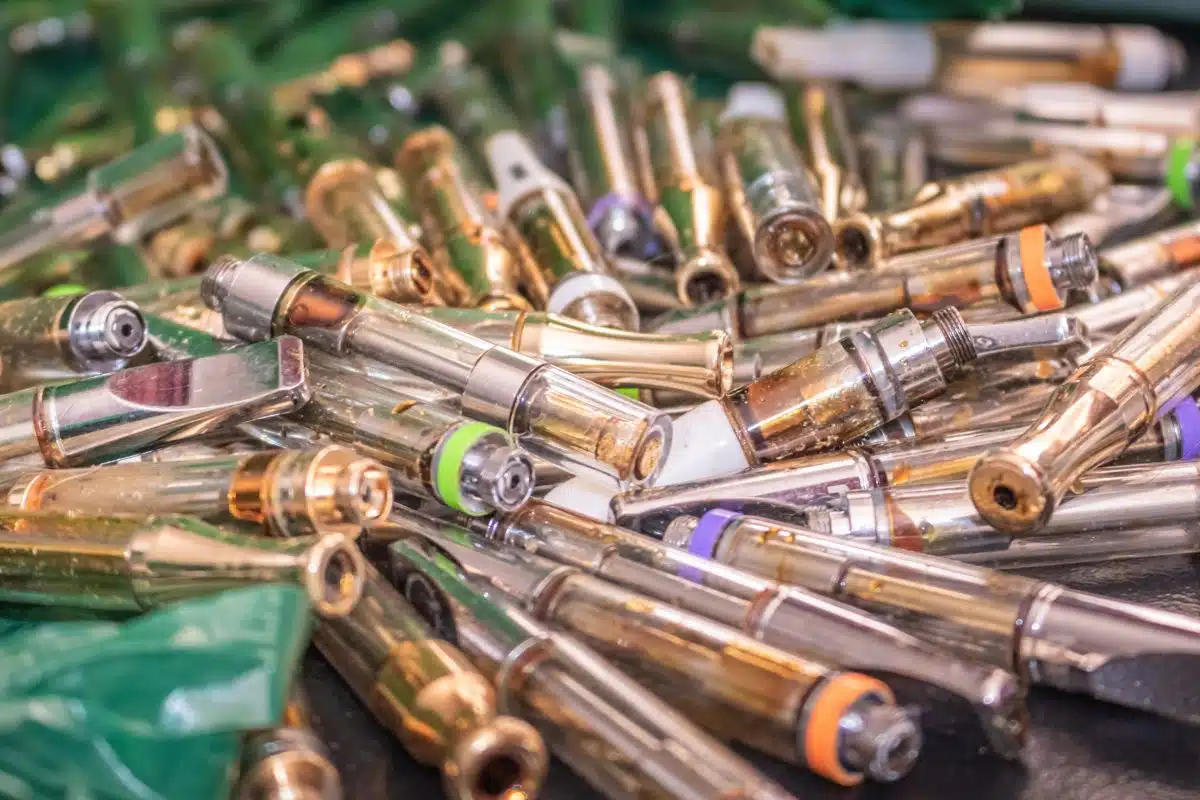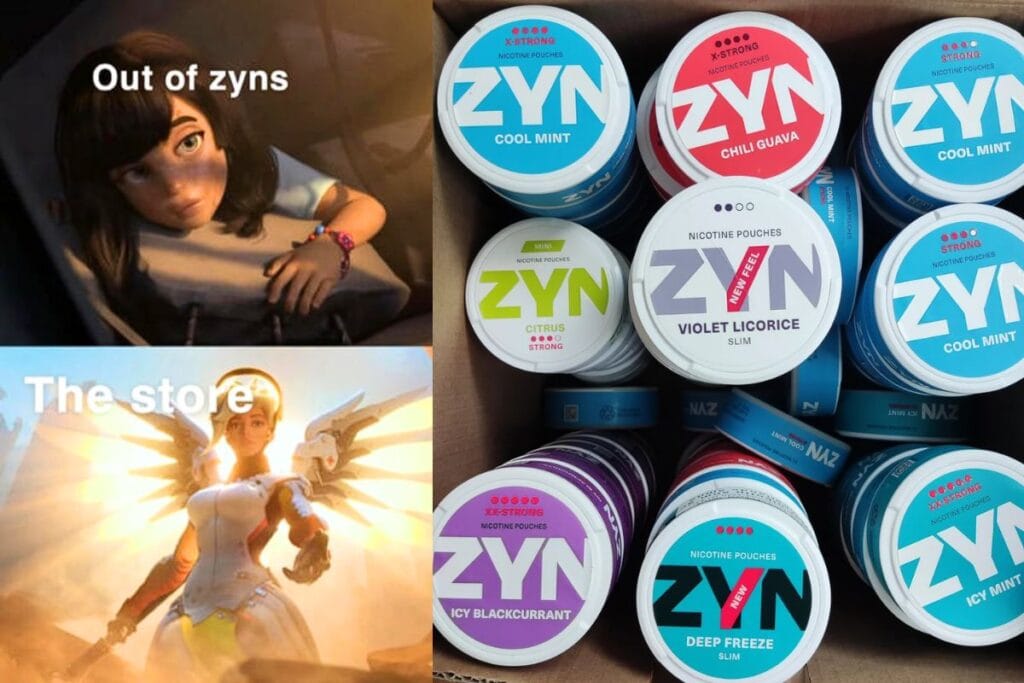Do Burnt Carts Get You High

Reports are flooding in: users are experiencing adverse health effects after using potentially burnt cannabis vape cartridges, raising urgent questions about product safety. The immediate concern centers on whether these cartridges, when overheated or degraded, produce harmful substances capable of causing severe respiratory and other health issues.
The dangers of burnt cannabis vape cartridges stem from the decomposition of the cartridge's components, including the cannabis oil, heating elements, and even the cartridge materials themselves. This degradation can lead to the formation of toxic byproducts, posing significant health risks to consumers.
Health Concerns and Reported Symptoms
Users have reported a range of symptoms after using what they suspect are burnt vape cartridges. These include coughing, shortness of breath, chest pain, and nausea.
More severe cases have involved hospitalization, with symptoms mimicking lipoid pneumonia, a serious lung condition. The Centers for Disease Control and Prevention (CDC) investigated similar cases in 2019, linking them to Vitamin E acetate, a cutting agent sometimes found in illicit vape cartridges.
What Causes a "Burnt" Cartridge?
Overheating is the primary culprit. Vaping devices that are used at excessively high temperatures, or devices that are used for extended periods without proper cooling, can cause the oil to overheat and degrade.
Clogged cartridges can also lead to overheating. When airflow is restricted, the heating element works harder, potentially burning the oil and other components.
Low-quality cartridges and counterfeit products pose a heightened risk. These products may use inferior materials that are more prone to degradation when heated.
Identifying a Potentially Burnt Cartridge
Several indicators can signal a problem. A distinct burnt or acrid taste is a primary warning sign.
Discoloration of the oil is another red flag. Dark, murky, or unusually thick oil suggests degradation.
Reduced vapor production or a harsh, unpleasant vapor can also indicate a burnt cartridge. Users should also inspect the cartridge for visible signs of burning or damage to the heating element.
The Science Behind the Danger
Research is ongoing, but preliminary findings point to several potential toxins. Acetaldehyde and formaldehyde, known carcinogens, can form when cannabis oil is overheated.
The breakdown of cartridge materials, such as plastics and metals, can also release harmful chemicals. The specific compounds released will vary depending on the materials used in the cartridge.
Studies cited by the National Institute on Drug Abuse (NIDA) highlight the broader dangers of vaping, including the potential for respiratory damage and cardiovascular problems, irrespective of whether the cartridge is burnt.
Regulatory Response and Consumer Protection
Regulatory bodies are beginning to address the issue. Some states are implementing stricter testing requirements for cannabis vape products, mandating the detection of harmful byproducts.
Increased public awareness is crucial. Consumers need to be educated about the risks associated with burnt vape cartridges and how to identify potential problems.
The Food and Drug Administration (FDA) is monitoring the situation, focusing on product safety and quality control measures in the cannabis industry.
What to Do If You Suspect You've Used a Burnt Cartridge
Stop using the cartridge immediately. Discontinue use at the first sign of a burnt taste or any concerning symptoms.
Seek medical attention if you experience persistent respiratory problems or other concerning health issues. Be sure to inform your doctor about your use of cannabis vape products.
Report the incident to the relevant authorities, such as your state's cannabis regulatory agency. Reporting helps track problematic products and identify potential risks.
Looking Ahead: Next Steps and Ongoing Developments
Research is continuing to fully understand the health effects of burnt cannabis vape cartridges. Scientists are working to identify the specific toxins produced and their potential impact on the body.
Regulatory efforts are likely to intensify. Expect increased scrutiny of vape product manufacturing, testing, and labeling practices.
Consumers should stay informed and exercise caution. Prioritize purchasing products from reputable sources and be vigilant for any signs of a burnt or degraded cartridge. The safest course of action is to avoid using any cartridge that shows signs of damage or degradation.















![Do Burnt Carts Get You High How To Fix a Burnt Vape [An Easy 3-Step Guide] - Exhale Wellness](https://www.exhalewell.com/wp-content/uploads/2024/05/several-clogged-vapes-carts.jpg)


